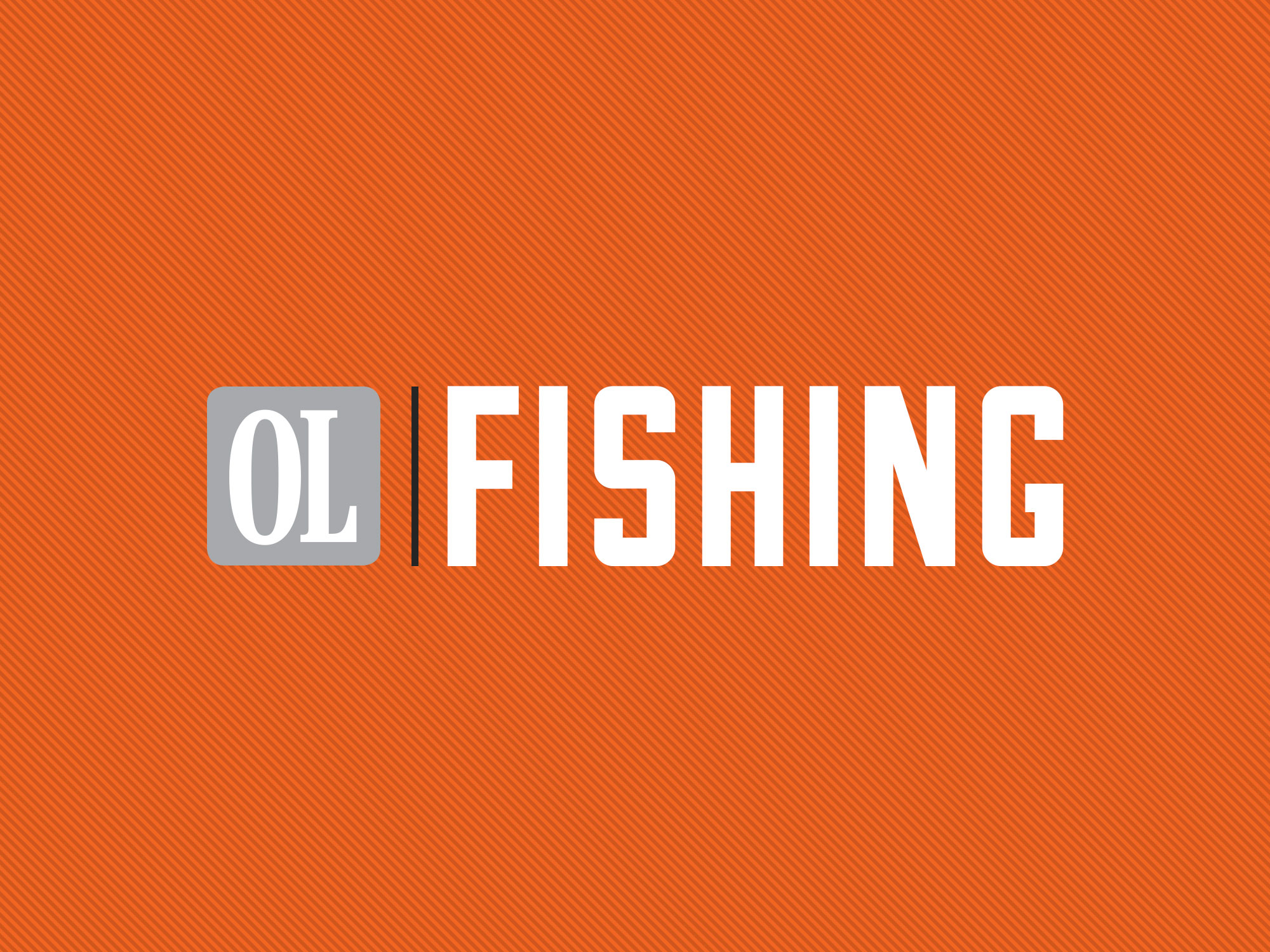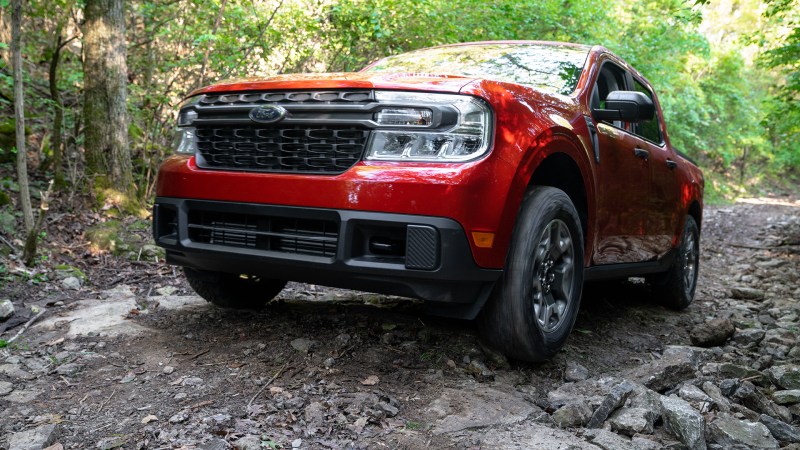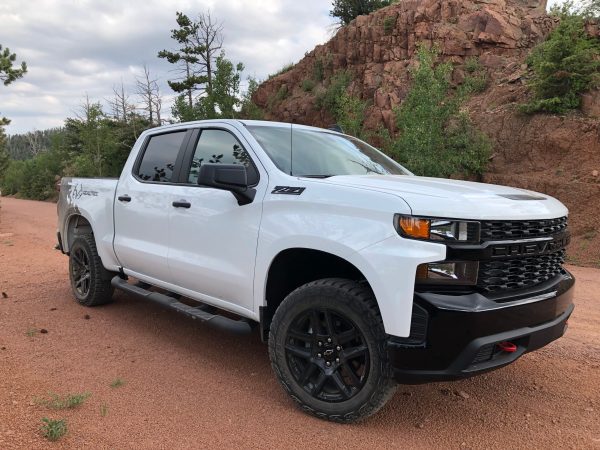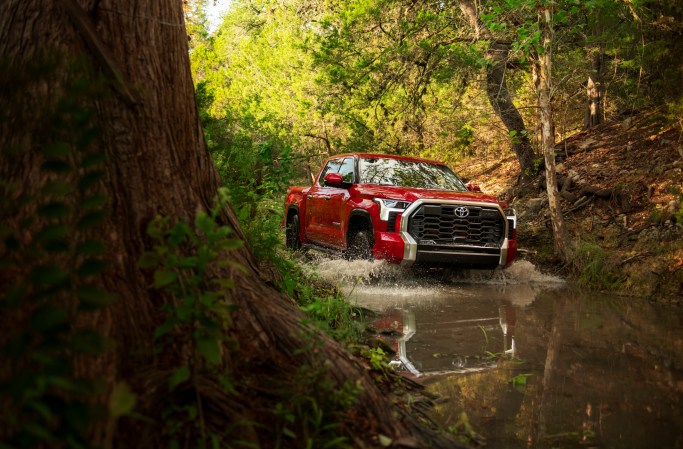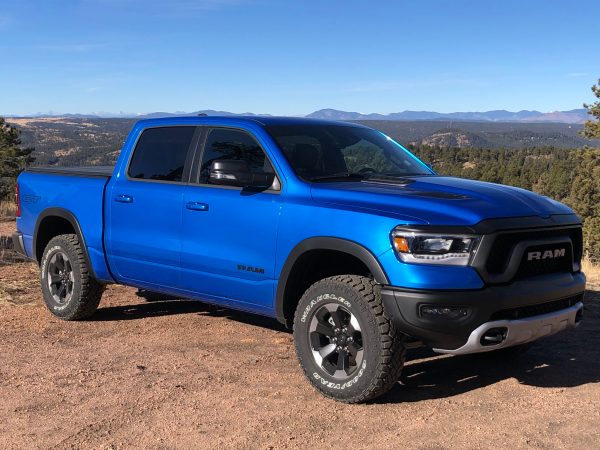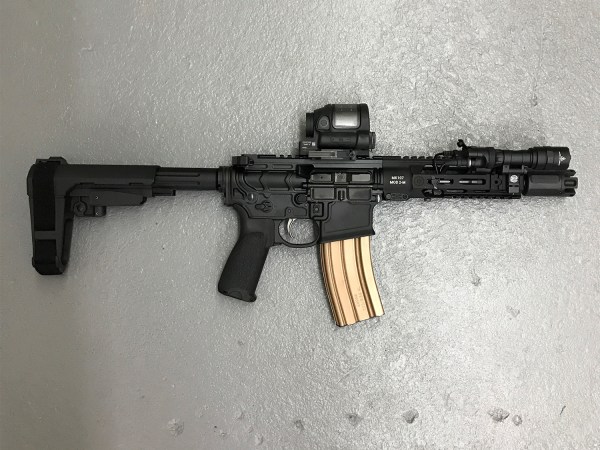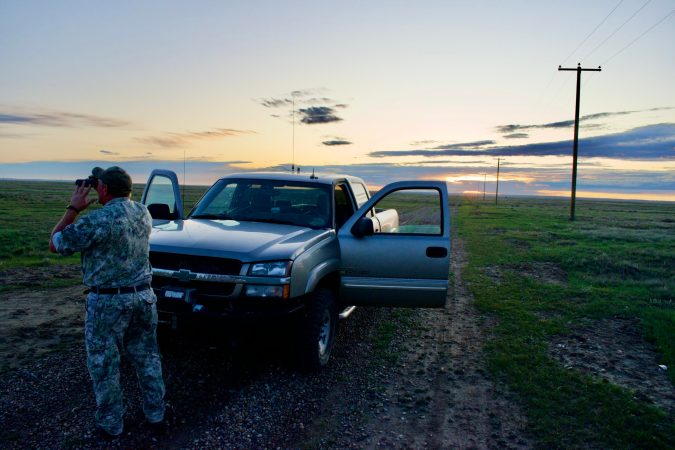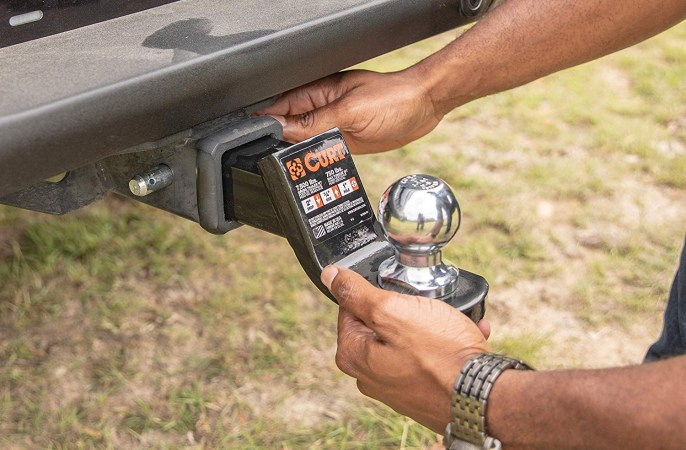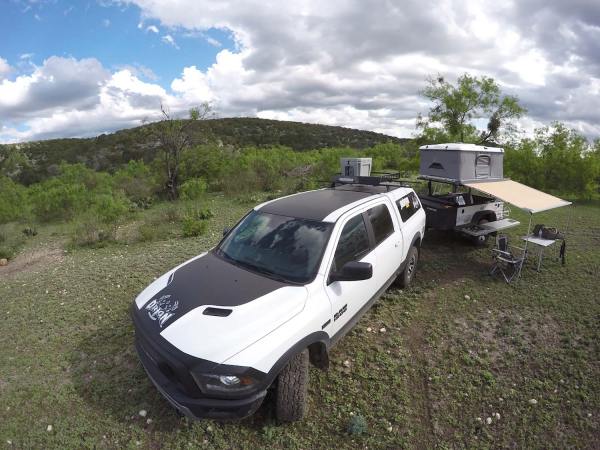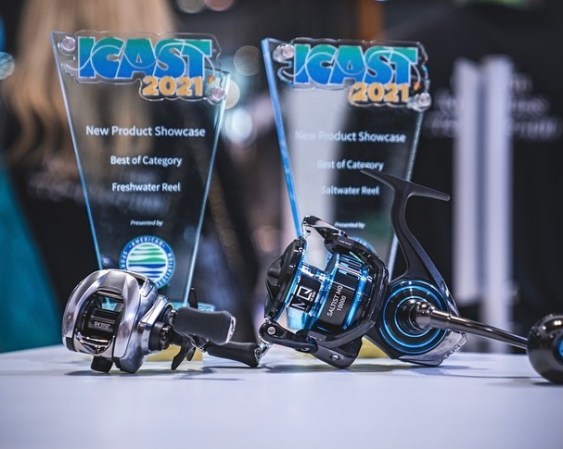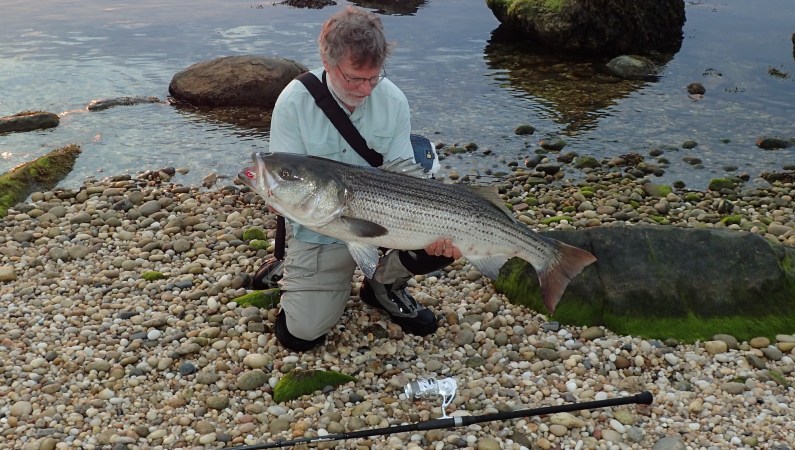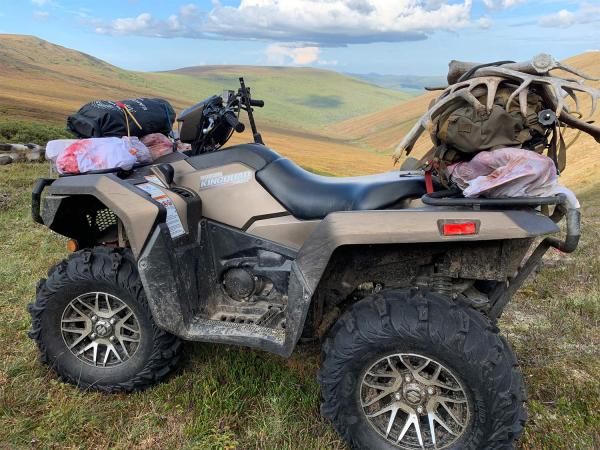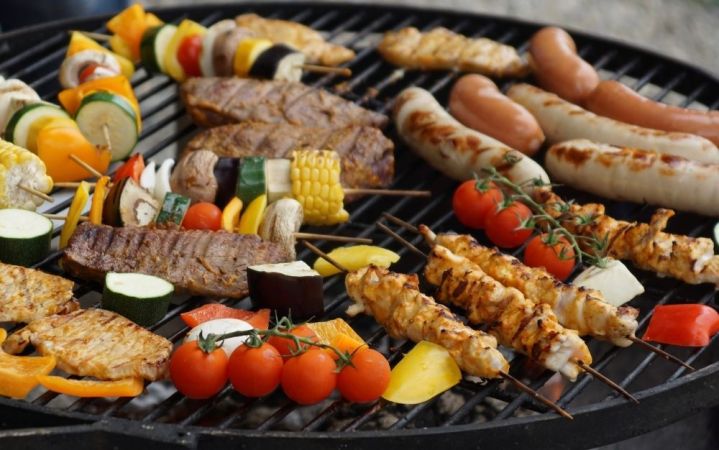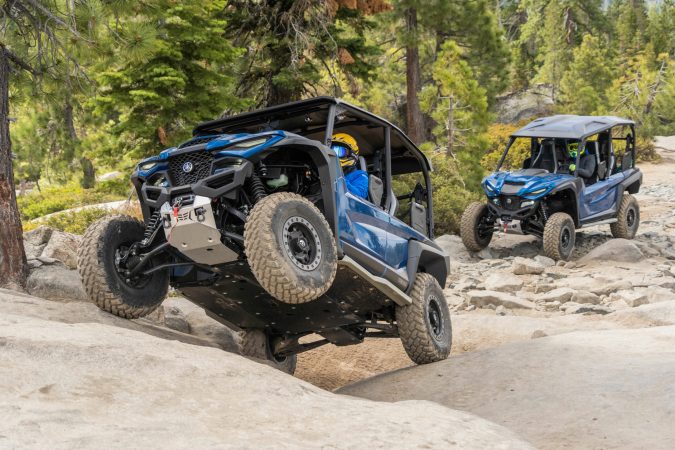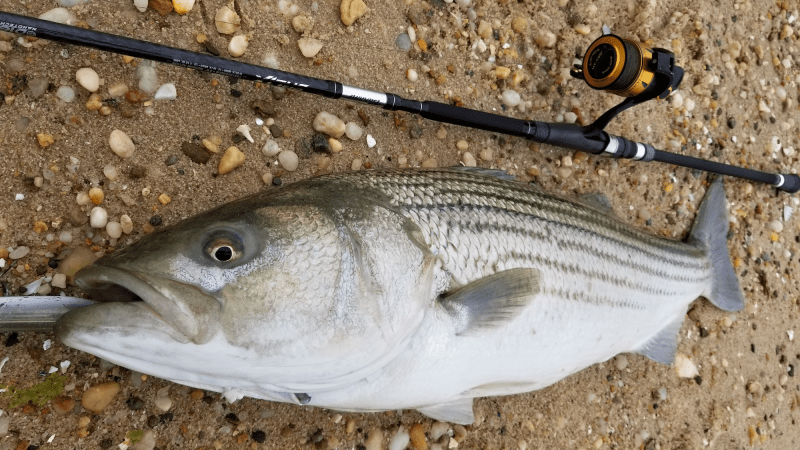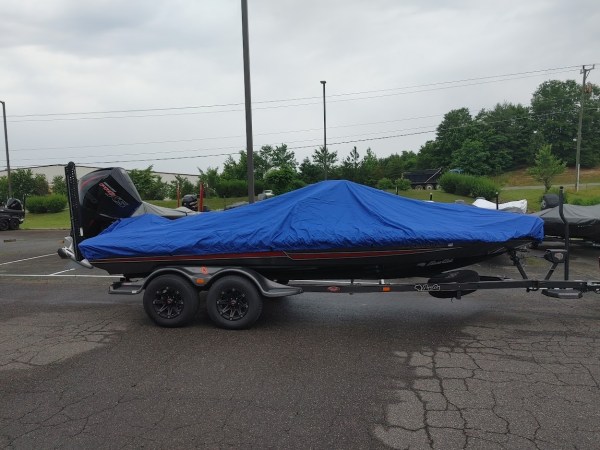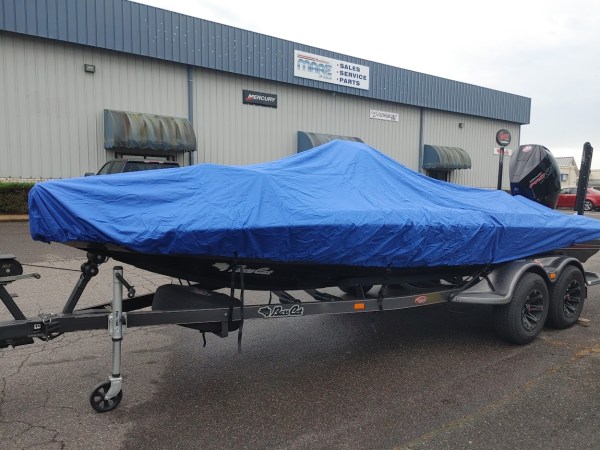We may earn revenue from the products available on this page and participate in affiliate programs. Learn More ›

Few anglers who tow full-size bass, walleye, or bay boats, or good size family runabouts doubt the value of brakes on their trailers. But there’s good reason to consider trailer brakes on somewhat smaller boat/trailer packages, too. Even if your tow vehicle is a full-size muscle truck you need to consider ever more crowded roads, the idiots on them, and the increased possibility of panic stops. And given today’s gas prices lots of outdoorsmen and women have downsized their towing vehicles. Lighter tow rigs can take longer to stop.
For most of us the trailer brake choice can be simplified. Just choose surge type disc brakes—period. (If you want to know why I pass on drum or electronic brakes just ask me here or email me at jgibbs3@gmail.com).

Second decision is the type rotor—that’s the circular metal disk that the brake pads (mounted on their calipers) pinch to slow/stop the rig. My choice is the simple slip-over rotor. It just goes over the hub and is held in place by the wheel and wheel nuts. If either hub or rotor goes bad you keep the good part and replace the bad. The other type rotor is called integral and it includes both the hub and rotor together. The studs are part of the rotor. The complete unit needs replacement if anything goes bad.
Third decision is the type metal/coating for the rotors, calipers, caliper mounting brackets. Forget standard auto finish for boat trailers. E-coating is the best value for fresh water and very limited salt water use. Silver cadmium plating offers best value for saltwater protection (rust begins forming under salt water spray tests between 400-600 hours). Stainless steel offers the best protection for salt water (negligible rust forms under the spray test after 1000 hours), and it’s the most expensive.

Most manufacturers offer brake kits whose parts can have a mix of different coatings/metal—e.g. stainless rotors, aluminum cast calipers, etc. so check carefully to assure you get exactly what you want.
Recently I retrofitted and upgraded my brakes. The pads had gone, and I wanted to switch from the integral hub/rotor to the slip-over type, and also because my trailer regularly takes a saltwater bath I decided to bite the bullet and go full stainless. The only kit I could find in stainless for all components—rotors, calipers, caliper mount brackets and bolts is made by Kodiak Trailer Components (www.kodiaktrailer.com ; 817-284-2324). I also decided to change my hubs (galvanized is best) and bearings at the same time.

My kit came with good step-by-step instructions. I had changed out hubs and bearings myself in the past, and this brake job looked pretty easy. Still, I decided to work with a specialist to make sure. It turned out that the mechanic had never installed boat trailer brakes, but we worked hand-in-hand and it was easy. Check out the main steps in the pictures and you’ll see. (If your trailer has never had brakes, you’ll need to buy an actuator hitch coupler and brake lines.) Once new brakes are installed, don’t fail to “bleed” the lines to get max performance. It’s easy and all explained in your instructions.
Just as you regularly check your bearing protectors for proper grease (or oil in oil bath systems), you should check your brakes. Simply jack up, pull a wheel and you’ll be able to inspect pads for wear (and also the rotor and caliper). You only need do this once a year (unless you’re hearing evil noises) VS the more-often inspections you do on your bearing protectors.

More tips: organic brake pads wear fastest but you can put several thousand miles on good ones. Metallic pads can rust especially in salt water. The newest ceramic pads are best. (Kodiak’s are lifetime warranted with free replacements if you register them.) Replacing pads, is a simple job you can do with no help. Just remove two caliper nuts. The calipers swing down and you pop out the old pads.
Everyone has heard the horror stories that surround towing with insufficient bearing grease (or oil in bath systems) in the hubs. The same applies to worn-out brake pads resulting in metal-to-metal contact. You can destroy the rotors, bearings and eventually axle spindle for a total destruct scenario.
Gone Fishin’ visitors who’d like even more detailed info should feel free to contact me any time.
